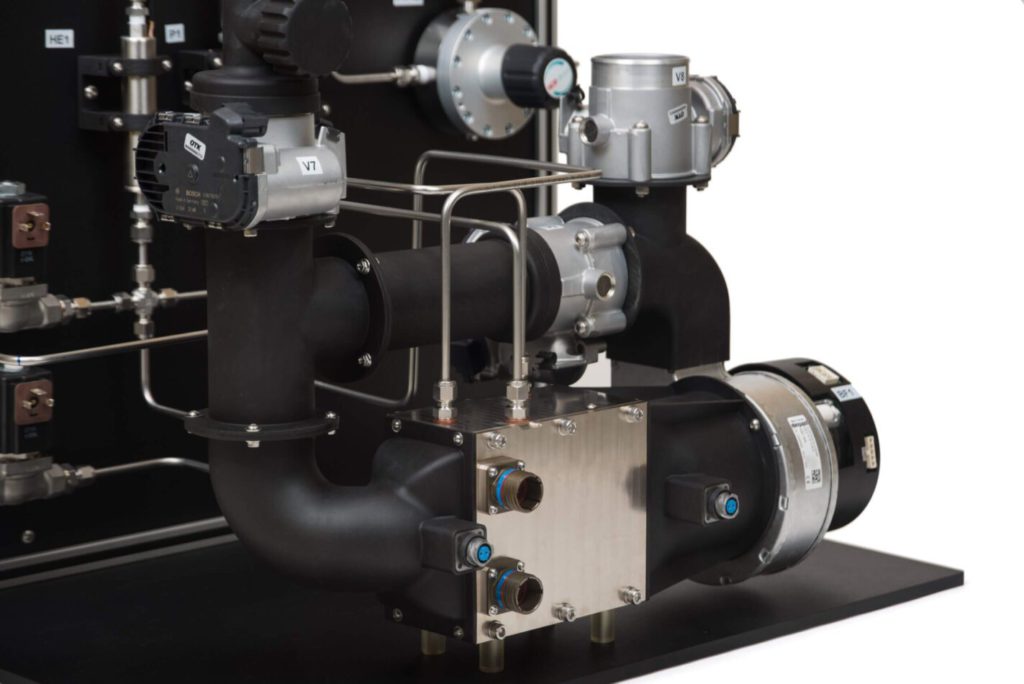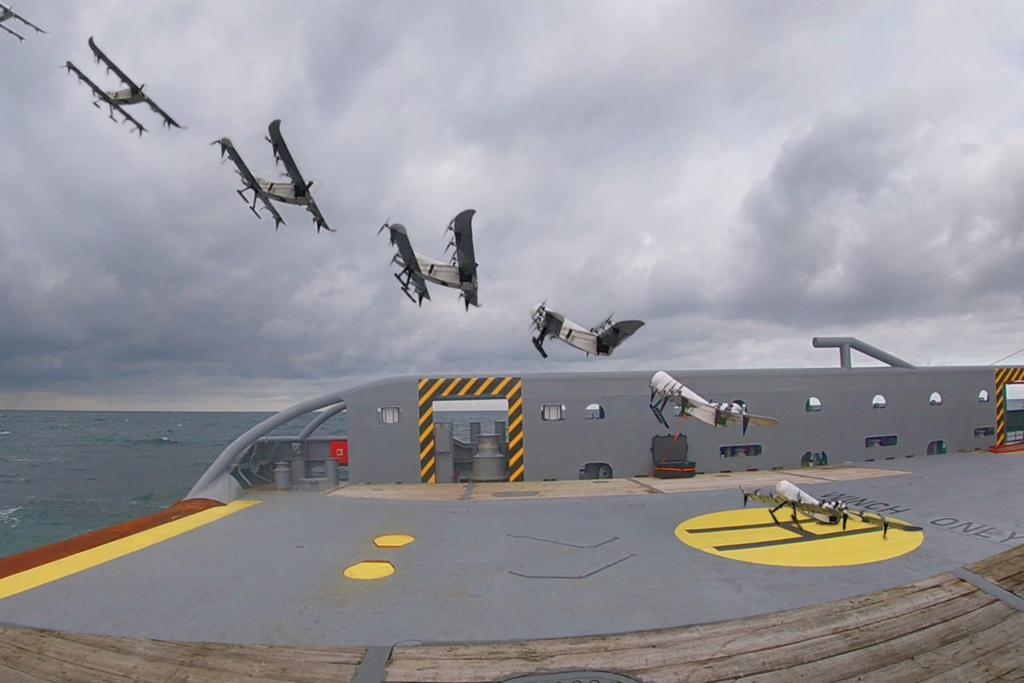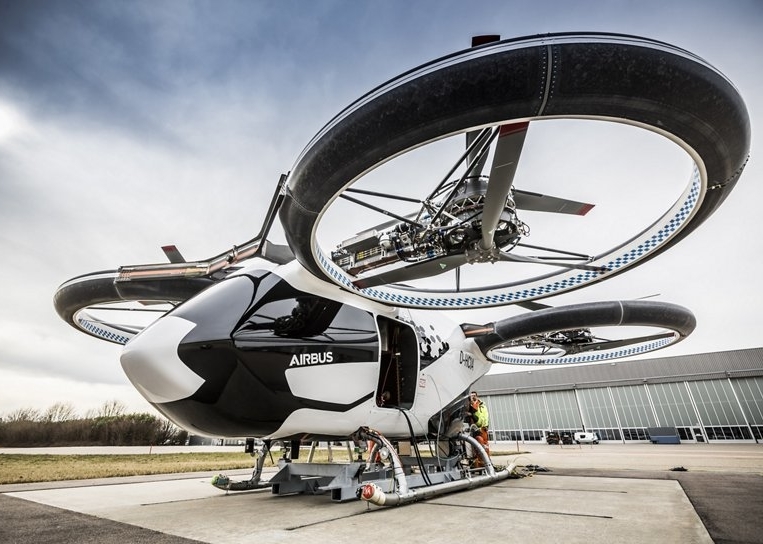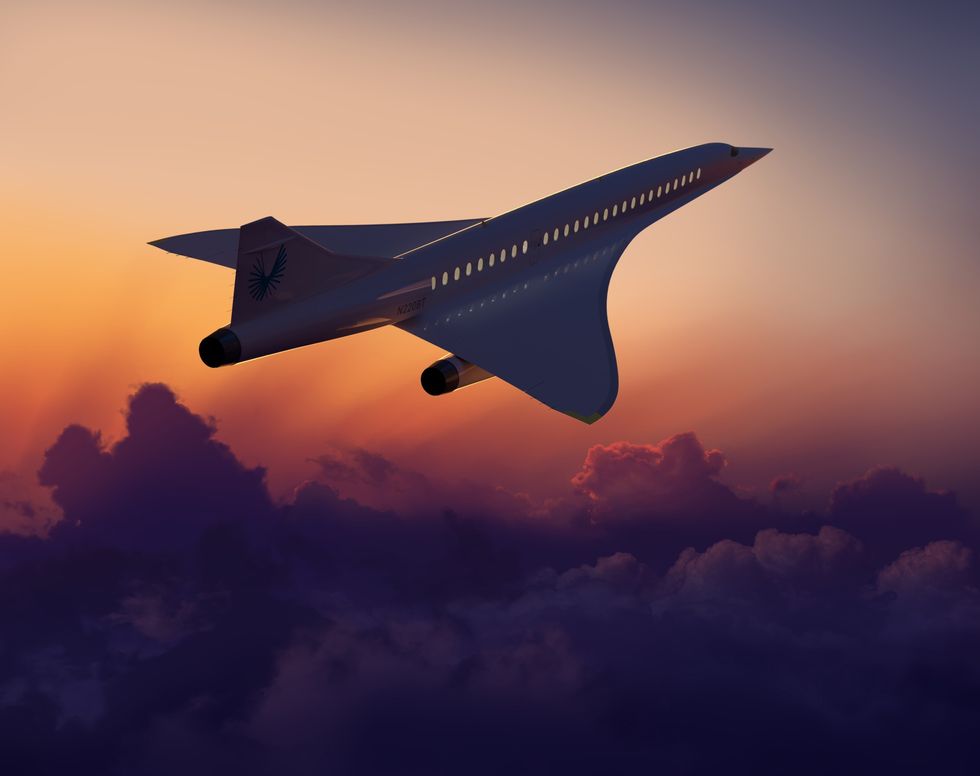
Evolutionary hydrogen technology for aviation and urban air mobility has been unveiled today (2ndMarch) by HyPoint – and the Californian fuel cell specialist is expecting to start shipping the product in 2022.
HyPoint says its NASA award-winning turbo air-cooled hydrogen fuel cell system will cut years off commercial delivery timelines for hydrogen aircrafts and unlock the emerging hydrogen aviation market.
The company claims its technology delivers an unprecedented combination of specific power and energy density and has passed key validation testing to prove its technical viability.
Read more here: https://www.h2-view.com/story/revolutionary-hydrogen-technology-unveiled-that-could-unlock-the-emerging-hydrogen-aviation-market/






